Otho's Victory: Wishful thinking, or genuine historical record?
Marcus Salvius Otho was the second of the emperors of AD 69, the infamous ‘Year of the Four Emperors’. Thanks to biographies by Plutarch and Suetonius, and historical accounts by Tacitus, Josephus and Cassius Dio, we know quite a lot about his time in power, even though it lasted for only three months from January to April AD 69.
In spite of the brevity of his reign Otho produced a very large coinage of silver denarii. The coins are not uncommon today, and are well-known to specialists. There are also issues for him in gold but, famously, no base metal coinage was issued for Otho at Rome (though some was struck in his name at the provincial mints of Antioch and Alexandria).
His denarius coinage is remarkably complex and comprises at least three phases. On the first the emperor’s praenomen is included (IMP M OTHO CAESAR AVG TR P). On the second the praenomen is dropped (IMP OTHO CAESAR AVG TR P), but reverse types introduced in the first phase continue. The third records him as Pontifex Maximus with the reverse legend PONT MAX and a new set of reverse types are introduced. There was also a reduction in the silver content of the coinage with the beginning of the third phase. Clearly the mint of Rome was very busy during Otho’s three months in power.
 |
| Denarius of Otho from Rome (RIC I2 no. 17). |
The coin illustrated above belongs to the first phase:
IMP M OTHO CAESAR AVG TR P. Bare head of Otho right.
VICTORIA OTHONIS. Victory standing left on globe, holding wreath and palm branch.
This reverse type is found on coins of the first phase only. There is an identical type, with the legend VICTORIA P R, for Otho’s immediate predecessor Galba (AD 68-69), who was overthrown by Otho on January 15, AD 69. It looks as if Otho had appropriated Galba’s design. However, he may have done more than that. If we look very closely at the details on the reverse of this coin we can see traces of the letters P R underlying the word OTHONIS (figs. 2 and 3).
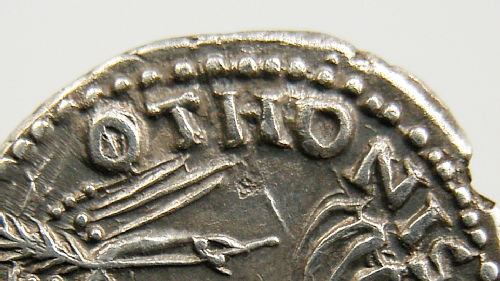 |
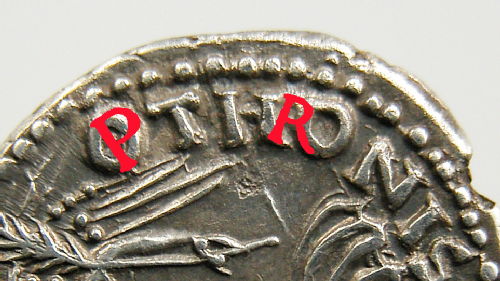 |
What does this mean? The most likely explanation is that the die used to strike this coin originally read VICTORIA P R, and it was re-engraved to read VICTORIA OTHONIS. It was presumably a die that had either been used for Galba’s coins, or was intended for use under Galba. The message was changed from the ‘Victory of the Roman People’ to ‘Otho’s Victory’.
Such an economy is certainly unusual, and raises further questions. The re-use of a die of Galba, and the fact that this type is found only in the first phase of Otho’s coinage, could suggest that this type was the first to be issued during his brief reign. Does it imply that Otho was in a hurry to mint coins in the very first days of his rule? But if so, what victory (or hoped-for victory) does it celebrate?
One might assume that it expressed the wish that Otho would prevail over his rival for supreme power, Vitellius. Shortly before Otho’s coup in Rome Vitellius had been proclaimed emperor by the German legions. However, Tacitus’ narrative makes clear that at the very beginning of his reign Otho was unaware of Vitellius’ bid; even after he received the news he hoped to avert civil war through negotiation with his rival. Eventually it became clear that war could not be averted and Otho was forced to take to the field, but this does not appear to have been a pressing concern right at the start of the reign; and would a coin type expressing Otho’s victory over fellow citizens be a palatable message for an emperor whose reign was not secure?
There is an alternative explanation of the type. On the March 1, AD 69, Otho celebrated a more acceptable victory: the legio III Gallica’s defeat of the Rhoxolani in the Balkans. It was a genuine victory, and it was a victory over barbarians, although Otho obviously had no part to play in it personally. Nevertheless the right to celebrate the victory belonged to the emperor, and Tacitus noted how delighted Otho was with this success.
This interpretation, though appealing, is not without problems. If VICTORIA OTHONIS belongs at the beginning of Otho’s coinage, it would mean that between January 15 and the end of February Otho struck no coins at all, and all of his coinage would need to be squeezed into a period from about March 1 to April 19 (the day when news of Otho’s defeat and suicide reached Rome). Some students of the coinage of this period have pointed to the huge number of dies used to produce this coinage (perhaps more than 1,000 obverses) to argue that it would have been impossible for the mint of Rome to have produced such a vast output of coinage in a mere 51 days or so. It is, of course, hard to guess the capacity of the Roman mint: we have no figures for any period of Roman coinage. It might seem preferable to assume that, if VICTORIA OTHONIS does belong at the beginning of Otho’s coinage, it was issued in January, shortly after Otho’s coup, which would give us a duration of about 94 days for the coinage. However, some commentators have pointed to a potential problem (aside from the question of which victory is commemorated): all of his denarii bear the title TR P. The formal grant of tribunician power took place on the last day of February, AD 69, just before the victory celebration. It is unclear whether Otho, as a usurper, would have advertised this power without it being conferred on him formally, although it has been argued that the senate passed some kind of act allowing Otho to assume these powers on the very day of his coup on January 15.
War slogan or witness to history? By itself a coin such as this one cannot provide a clear answer, but it shows how even minute details can raise questions about familiar and well-known coinages and how these could have wider consequences for our understanding of the period.

This month's coin was written by Kevin Butcher. Kevin is currently completing work on a three-year AHRC-funded project in collaboration with Dr. Matthew Ponting of the University of Liverpool, investigating the metallurgy of Roman imperial and provincial silver coinages from Nero to Commodus, and will shortly begin work on the Cambridge Handbook to Roman Coinage. He is also interested in the application of social theories in archaeology, particularly with regard to material culture and the ancient economy. He has worked on several excavation projects in the Mediterranean and published the coin finds from several major ancient sites, including Nicopolis ad Istrum in Bulgaria and Beirut in Lebanon.
 Clare Rowan
Clare Rowan

 Please wait - comments are loading
Please wait - comments are loading
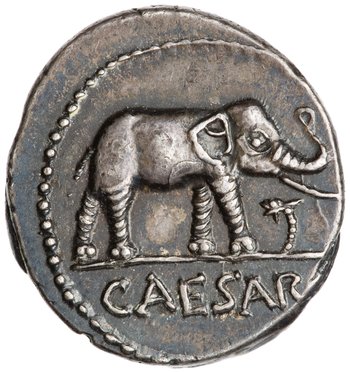
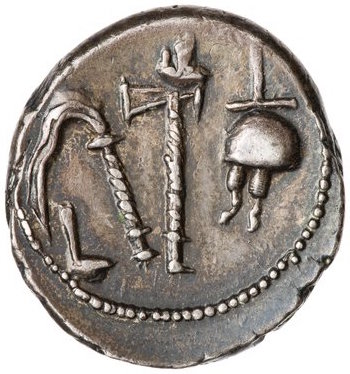


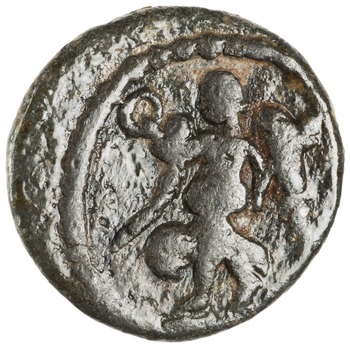
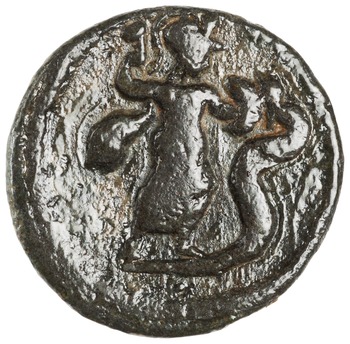

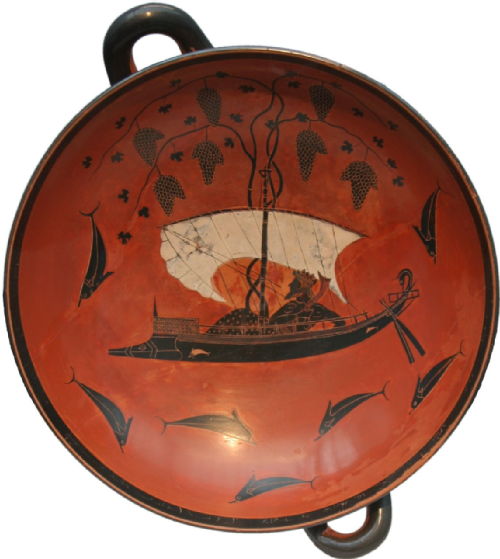
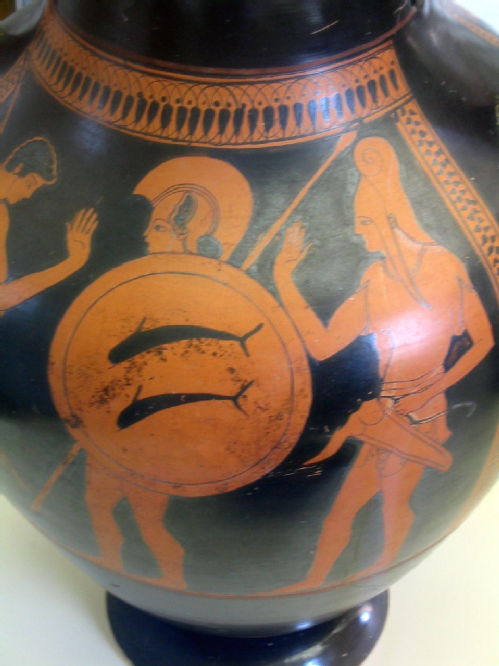
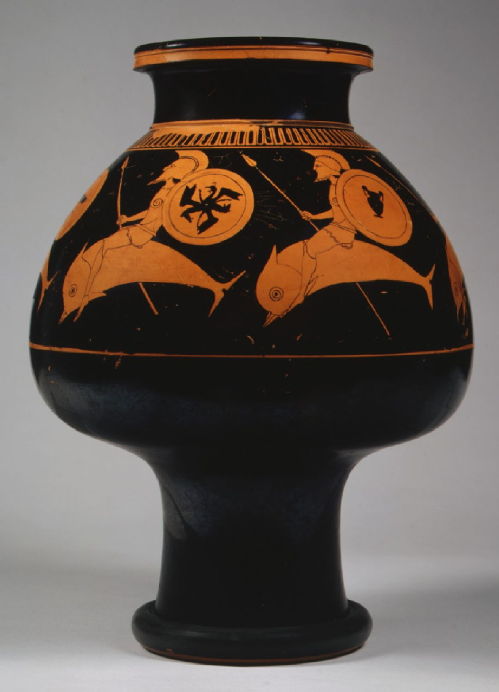

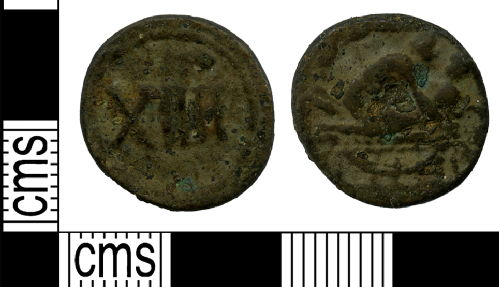
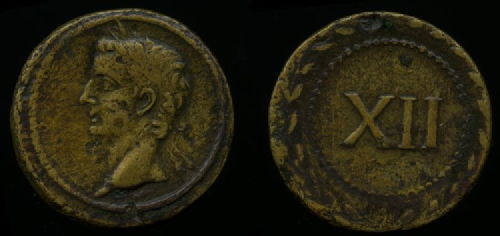

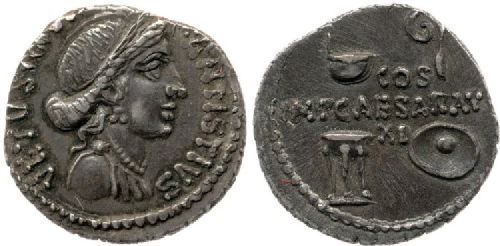
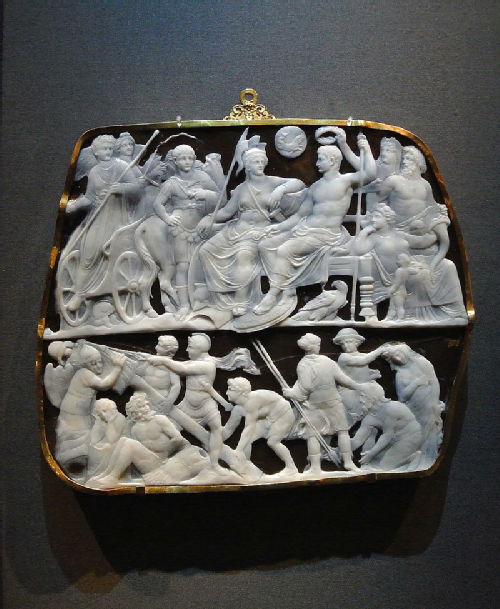
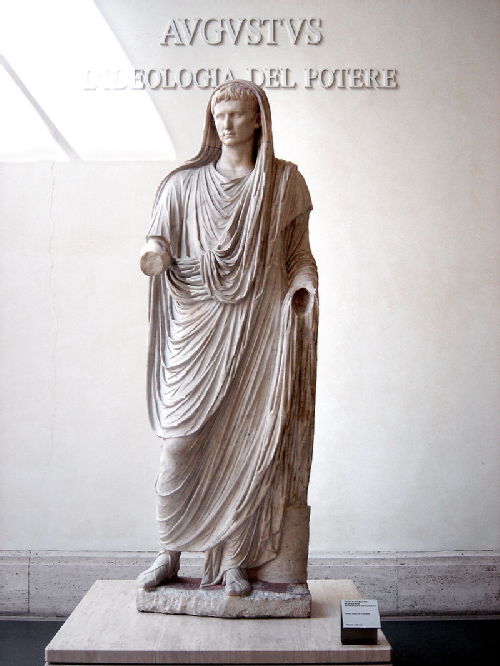

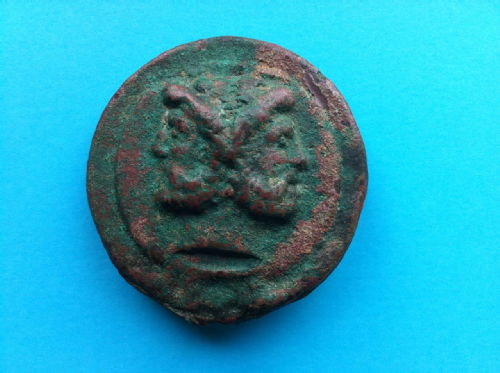
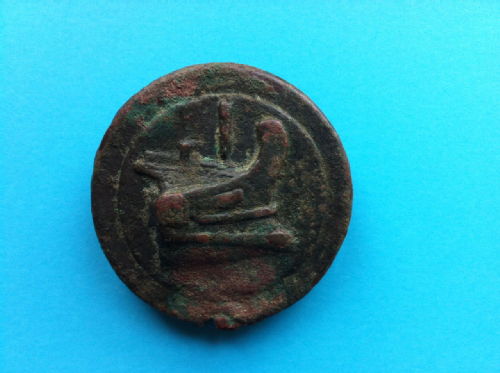
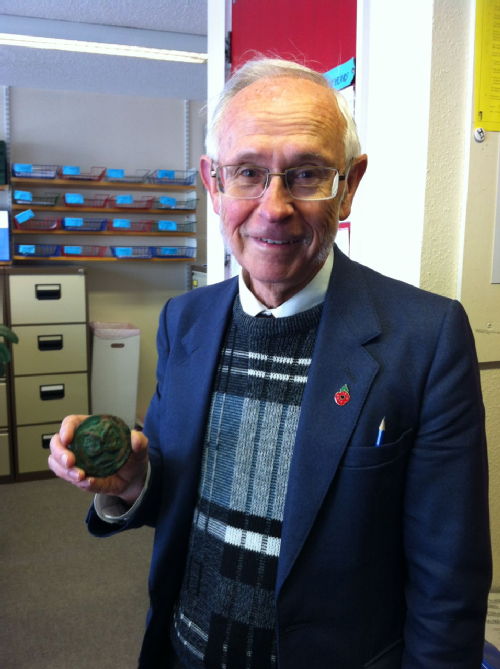
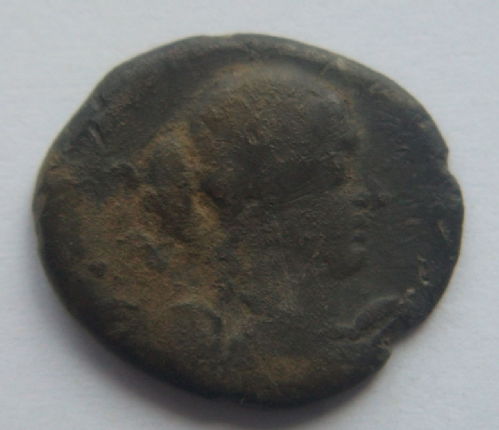
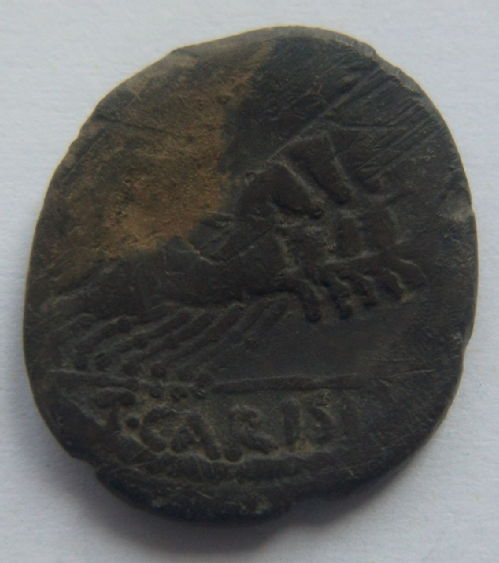

 Written by Gregory Edmund, currently a 2nd Year Undergraduate studying Ancient History at the University of Warwick. His main interests lie in Republican Roman coinage (after 211BC) as well as Iron-Age and Roman Britain.
Written by Gregory Edmund, currently a 2nd Year Undergraduate studying Ancient History at the University of Warwick. His main interests lie in Republican Roman coinage (after 211BC) as well as Iron-Age and Roman Britain.



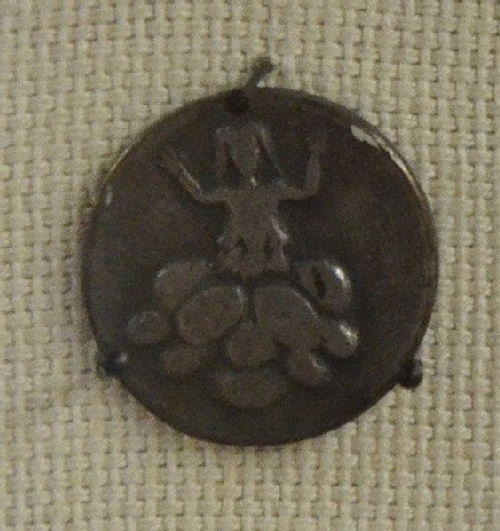
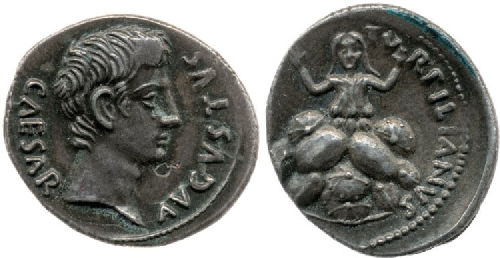

 Loading…
Loading…

